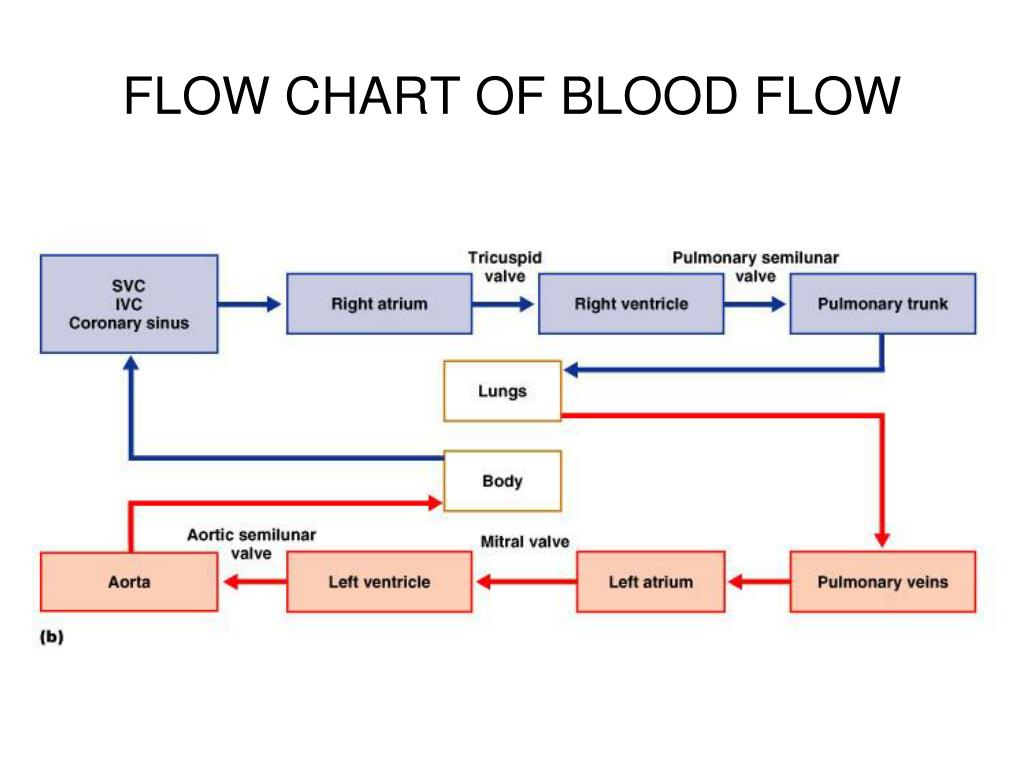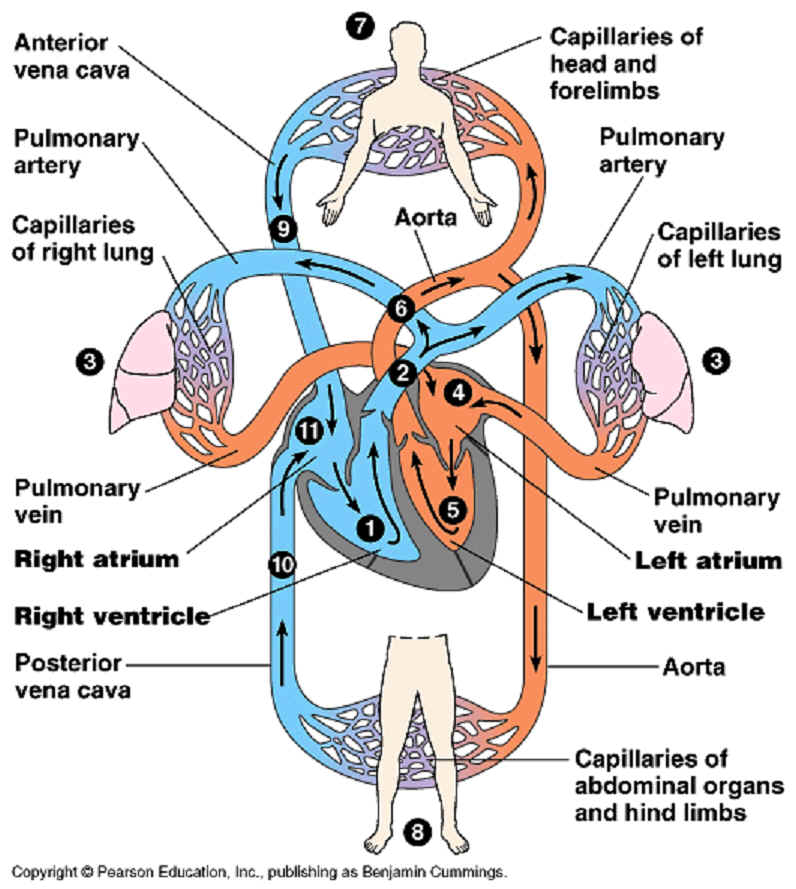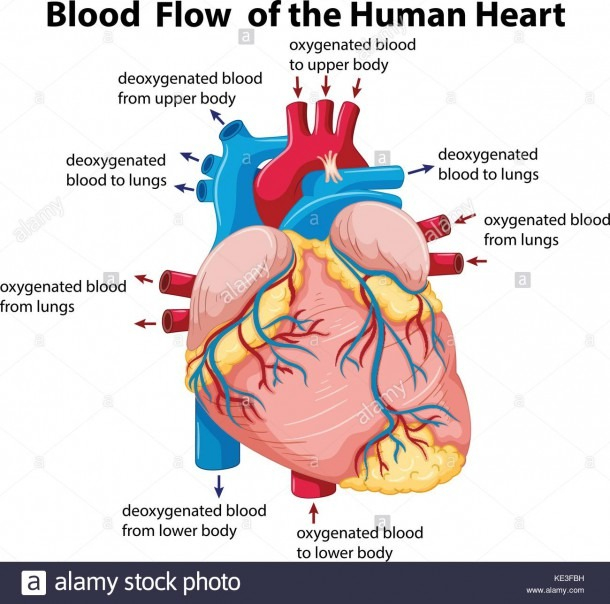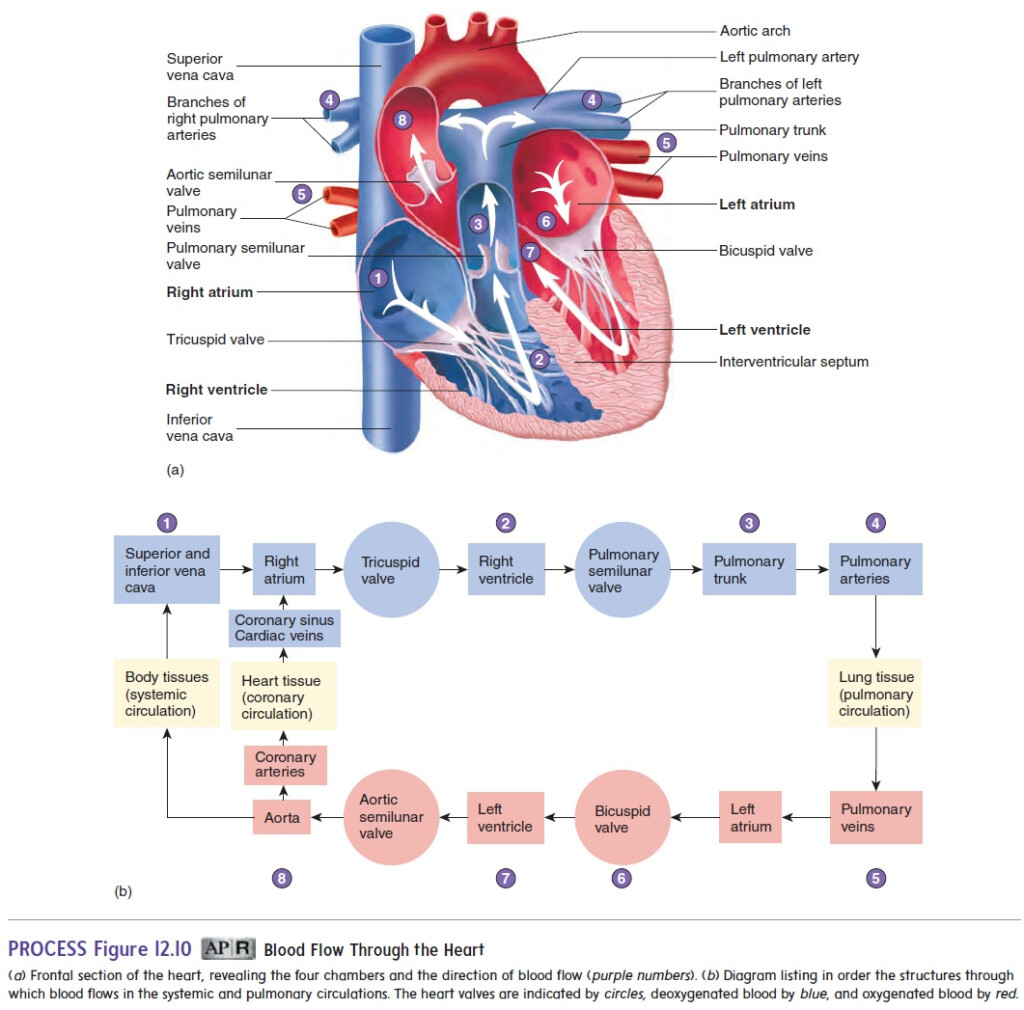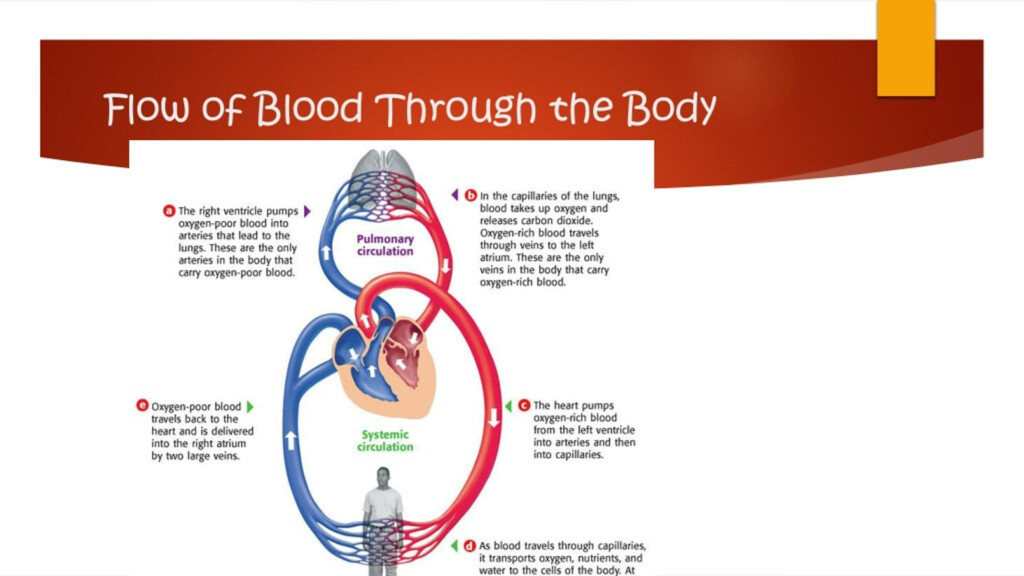Understanding the flow of blood through the body is essential for grasping how nutrients and oxygen are delivered to cells and waste products are removed. The journey begins in the heart, where oxygen-poor blood is pumped to the lungs to pick up oxygen and release carbon dioxide. From the lungs, oxygen-rich blood is then pumped back to the heart and distributed throughout the body via the circulatory system.
As blood travels through the body, it passes through different organs and tissues, exchanging gases, nutrients, and waste products. This intricate process is crucial for maintaining the body’s homeostasis and ensuring that every cell receives the necessary nutrients and oxygen for proper function.
Flow Chart Of Blood Flow Through The Body
Steps of Blood Flow
The flow of blood through the body can be broken down into several key steps. First, the heart pumps oxygen-poor blood from the right ventricle to the lungs through the pulmonary artery. In the lungs, the blood picks up oxygen and releases carbon dioxide through the process of respiration. Oxygen-rich blood then returns to the heart via the pulmonary vein and is pumped to the rest of the body through the aorta.
As blood circulates through the arteries, it delivers oxygen and nutrients to cells and tissues. Waste products, such as carbon dioxide and other byproducts of metabolism, are picked up by the blood and transported to the lungs or kidneys for removal. The blood then returns to the heart through the veins, where the process begins anew.
Importance of Blood Flow
Proper blood flow is essential for maintaining overall health and well-being. Without adequate blood circulation, cells would be deprived of oxygen and nutrients, leading to tissue damage and dysfunction. Conditions that affect blood flow, such as atherosclerosis or blood clots, can have serious consequences and increase the risk of heart attack, stroke, and other cardiovascular diseases.
By understanding the flow of blood through the body and the role it plays in maintaining health, individuals can take steps to improve circulation and reduce the risk of developing cardiovascular problems. This includes adopting a healthy lifestyle, such as eating a balanced diet, exercising regularly, managing stress, and avoiding smoking and excessive alcohol consumption.
Overall, the flow chart of blood flow through the body serves as a roadmap for understanding how the circulatory system works and why it is essential for optimal health and well-being.
Download Flow Chart Of Blood Flow Through The Body
The Heart And Blood Flow Blood And The Cardiovascular System
Blood Flow Diagram Of Heart
Blood Flow Through The Heart Chart Heart Blood Flow C Vrogue co
Body Blood Flow Chart
